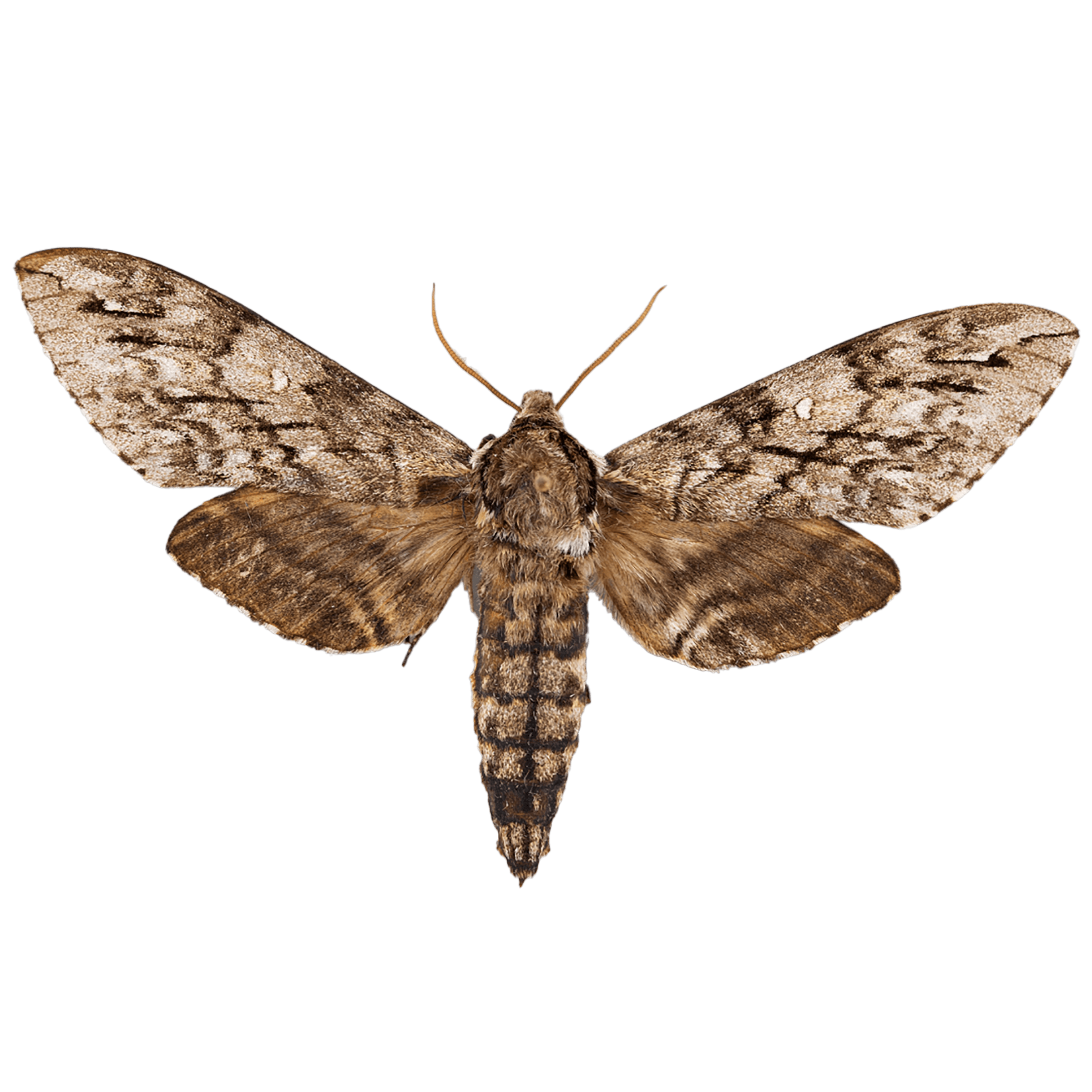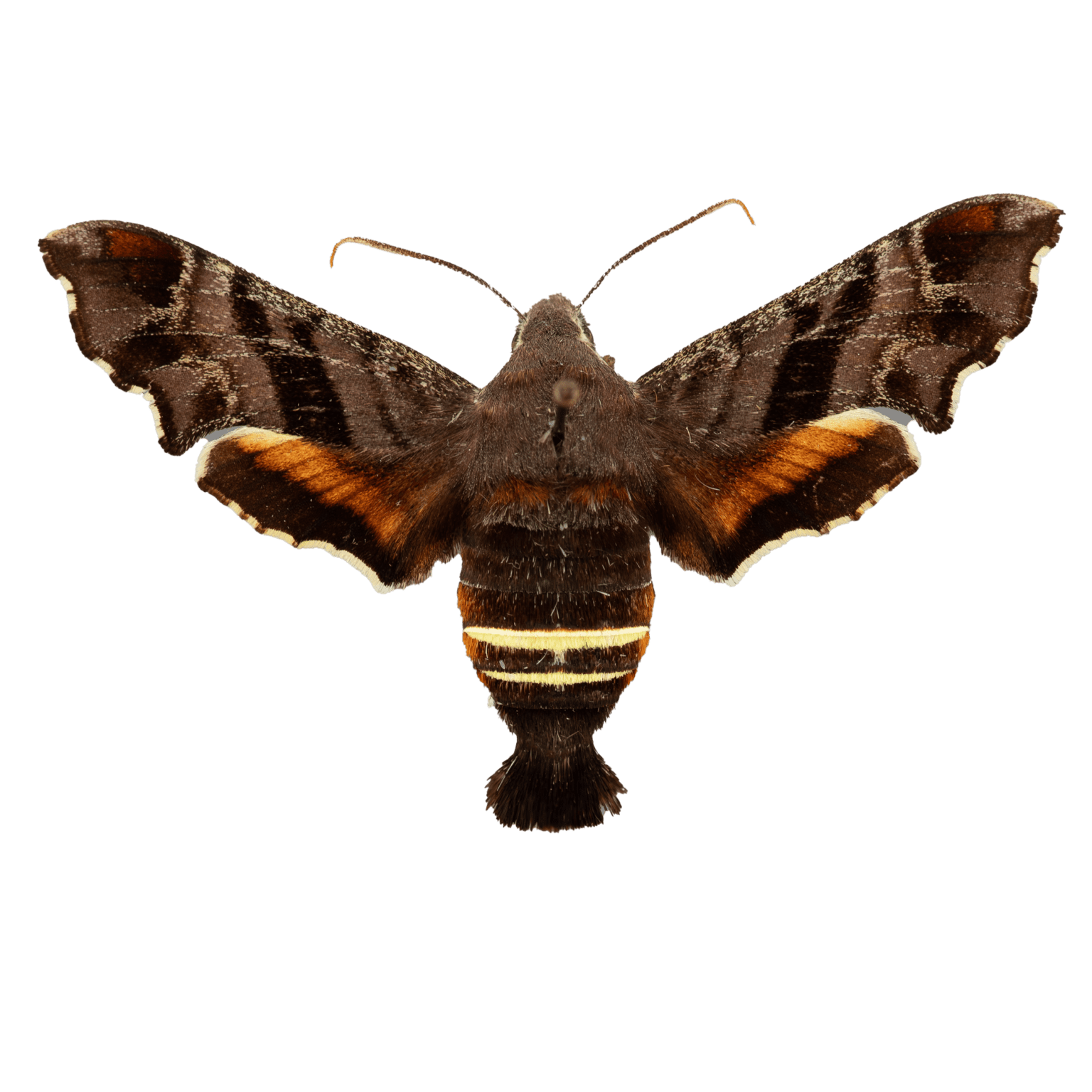The sphinx moth, a fascinating insect belonging to the Sphingidae family, has captured the attention of scientists, nature enthusiasts, and gardeners alike. Known for its unique flight patterns, robust body structure, and incredible adaptability, this moth is one of the most intriguing species in the insect world. Its name derives from the sphinx-like posture of its larvae, where it raises its head and thorax in a defensive stance, resembling the mythical creature. From its ability to hover like a hummingbird to its vital role as a pollinator, the sphinx moth plays an irreplaceable role in the ecosystem.
These remarkable nocturnal creatures are found across various continents, thriving in diverse climates ranging from tropical rainforests to temperate regions. Their intricate life cycle, which includes the egg, larva, pupa, and adult moth stages, showcases their resilience and adaptability. Additionally, some species, such as the hawk moth, are known for their long proboscis, which allows them to feed on nectar from deep-throated flowers. Despite their widespread presence, many people remain unaware of their ecological importance and the threats they face in their natural habitats.
In this comprehensive article, we’ll delve into the world of the sphinx moth, exploring its physical characteristics, life cycle, habitat, and behavior. We’ll also answer important questions about its ecological role, address common misconceptions, and discuss conservation efforts to protect this vital species. Whether you're an amateur naturalist, a gardener, or simply curious about the wonders of nature, this guide aims to provide an in-depth understanding of the sphinx moth and its incredible adaptations.
Read also:Shane Gillis Baby Girl
Table of Contents
- What is a Sphinx Moth?
- How to Identify a Sphinx Moth?
- Physical Characteristics of Sphinx Moths
- Where Do Sphinx Moths Live?
- What Do Sphinx Moths Eat?
- The Life Cycle of a Sphinx Moth
- Why Are Sphinx Moths Important?
- How Do Sphinx Moths Contribute to Pollination?
- Are Sphinx Moths Threatened?
- How Can You Attract Sphinx Moths to Your Garden?
- Sphinx Moth vs. Other Moths: What Are the Differences?
- Myths and Misconceptions About Sphinx Moths
- Frequently Asked Questions
- Conservation Efforts for Sphinx Moths
- Final Thoughts
What is a Sphinx Moth?
The sphinx moth is a member of the Sphingidae family, which includes over 1,200 species worldwide. These moths are known for their darting flight, thick bodies, and long, narrow wings. Often mistaken for hummingbirds due to their hovering behavior, sphinx moths are nocturnal creatures that typically become active during dusk and nighttime hours. Their larvae, commonly referred to as hornworms, are named for the horn-like projection at their posterior end. These caterpillars are an essential part of the ecosystem, serving as a food source for birds and other predators.
How to Identify a Sphinx Moth?
Identifying a sphinx moth can be quite straightforward if you know what to look for. Adult sphinx moths are typically medium-to-large in size, with wingspans ranging from 2 to 6 inches. Their streamlined bodies and tapered wings allow for agile flight, a feature that distinguishes them from many other moth species. Furthermore, their proboscis, which can sometimes exceed the length of their body, is a hallmark characteristic that aids in feeding from tubular flowers.
- Size: Medium to large, with wingspans ranging between 2-6 inches.
- Color: Often earthy tones like brown, gray, or green, with intricate patterns.
- Behavior: Known for hovering mid-air, much like a hummingbird.
Physical Characteristics of Sphinx Moths
One of the most striking features of sphinx moths is their robust and streamlined body, which is designed for speed and precision in flight. Their wings are long and narrow, with a unique pattern that provides camouflage against predators. The coloration of sphinx moths varies widely among species, ranging from dull browns and greens to vibrant hues with intricate designs.
Where Do Sphinx Moths Live?
Sphinx moths are incredibly versatile and can be found on every continent except Antarctica. They inhabit various ecosystems, including forests, grasslands, deserts, and urban areas. These moths are particularly abundant in regions with a high density of flowering plants, which serve as their primary food source.
What Do Sphinx Moths Eat?
Adult sphinx moths primarily feed on nectar from a wide variety of flowers. Their preference for tubular flowers, such as honeysuckle and jasmine, is due to their elongated proboscis, which allows them to reach deep into the flower for nectar. On the other hand, the larvae are herbivorous and are often considered pests by farmers and gardeners because they feed on the leaves of plants like tomatoes and tobacco.
The Life Cycle of a Sphinx Moth
The sphinx moth undergoes a complete metamorphosis, which includes four distinct stages: egg, larva, pupa, and adult. This process varies in duration depending on the species and environmental conditions but generally takes several weeks to a few months to complete.
Read also:Remote Iot Batch Job
- Egg Stage: Eggs are typically laid on the underside of leaves, where they are less visible to predators.
- Larva Stage: The caterpillar feeds voraciously on leaves, growing rapidly before reaching its full size.
- Pupa Stage: The larvae burrow into the soil or create a cocoon to transition into the pupal stage.
- Adult Stage: The adult emerges with fully developed wings, ready to mate and continue the cycle.
Why Are Sphinx Moths Important?
Sphinx moths play a crucial role in maintaining ecological balance. As pollinators, they contribute to the reproduction of various plant species, including some that are economically important to humans. Additionally, their larvae serve as a food source for birds, reptiles, and other animals, making them an integral part of the food web.
How Do Sphinx Moths Contribute to Pollination?
The sphinx moth's long proboscis allows it to access nectar from flowers that other pollinators cannot reach. This unique ability makes them indispensable for the pollination of certain plant species, such as orchids and night-blooming flowers, which rely exclusively on moths for reproduction.
Are Sphinx Moths Threatened?
While many species of sphinx moths are abundant, some are facing threats due to habitat loss, pesticide use, and climate change. Conservation efforts are essential to protect these moths and the ecosystems they support.
How Can You Attract Sphinx Moths to Your Garden?
Creating a moth-friendly garden is a wonderful way to attract sphinx moths. Planting nectar-rich flowers, reducing pesticide use, and providing shelter can make your garden an ideal habitat for these nocturnal pollinators.
Sphinx Moth vs. Other Moths: What Are the Differences?
Sphinx moths are often confused with other moths, but their unique characteristics set them apart. Their size, flight behavior, and specialized proboscis are key features that distinguish them from other moth species.
Myths and Misconceptions About Sphinx Moths
Despite their ecological importance, sphinx moths are often misunderstood. Common myths, such as their association with death or disease, have no basis in reality and only serve to create unnecessary fear.
Frequently Asked Questions
Here are some common questions and answers about sphinx moths:
- Do sphinx moths bite? No, sphinx moths do not bite or sting. They are harmless to humans.
- How long do sphinx moths live? The lifespan of a sphinx moth varies but typically ranges from a few weeks to a few months.
- Are sphinx moths nocturnal? Yes, most sphinx moths are active during the night or at dusk.
- What plants attract sphinx moths? Plants with tubular flowers, such as honeysuckle and moonflower, are particularly attractive to sphinx moths.
- Are sphinx moths endangered? While not all species are endangered, some face threats due to habitat destruction and environmental changes.
- Can sphinx moths hover like hummingbirds? Yes, sphinx moths can hover in mid-air, a behavior that is often mistaken for hummingbirds.
Conservation Efforts for Sphinx Moths
Conservation initiatives aimed at preserving sphinx moth populations include habitat restoration, pesticide regulation, and public education. Organizations and researchers are working tirelessly to ensure that these vital pollinators continue to thrive.
Final Thoughts
The sphinx moth is a remarkable example of nature's ingenuity and adaptability. From its role as a pollinator to its unique physical characteristics, this insect is a vital part of our ecosystem. Protecting and understanding the sphinx moth is not just beneficial for the environment but also for humanity, as it supports the delicate balance of life on Earth. By appreciating and conserving these nocturnal marvels, we can ensure their survival for generations to come.

